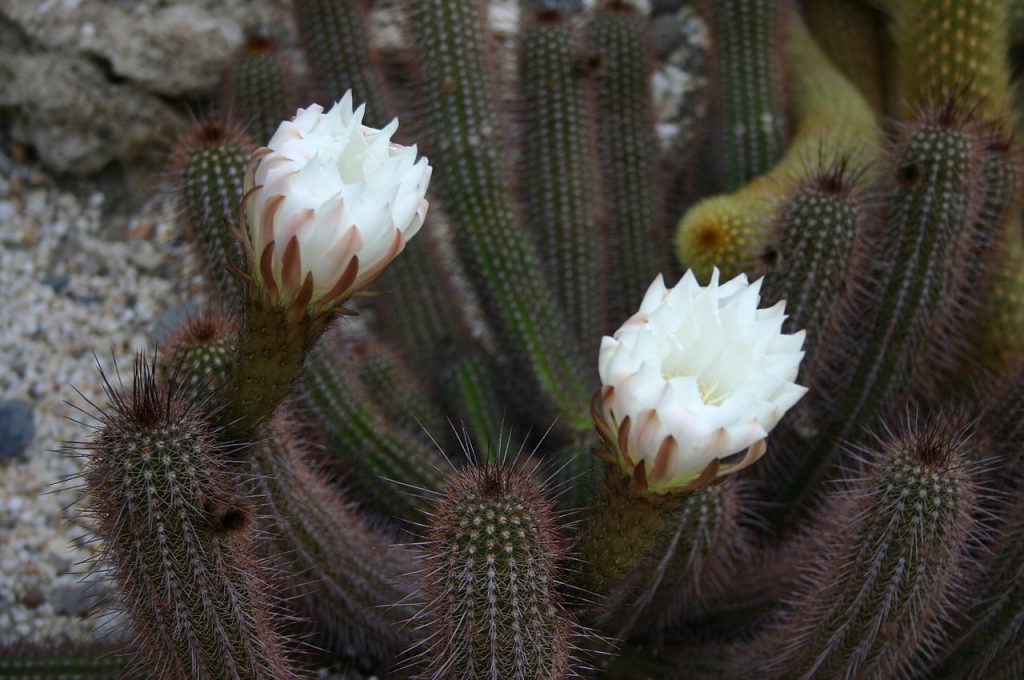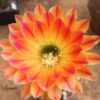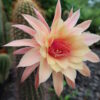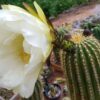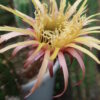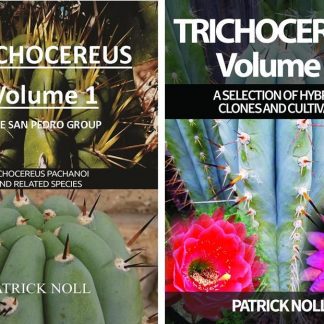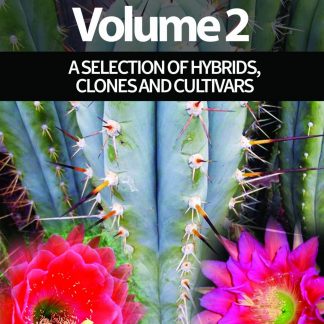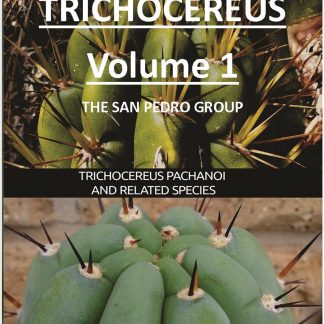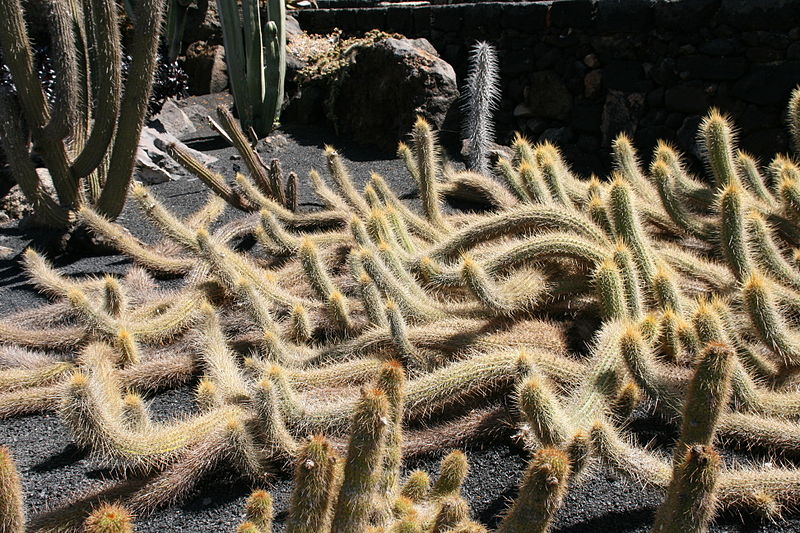
Trichocereus camarguensis, also known as Echinopsis camarguensis, is a Bolivian cactus from Camargo. Synonyms of T. camarguensis: Echinopsis camarguensis, Trichocereus caulescens, Echinopsis caulenscens Trichocereus camarguensis is a thin Cactus that resembles Trichocereus strigosus, huascha and some forms of T. spachianus. It has golden Spines. Live cuttings and seeds of Trichocereus camarguensis were distributed by various…

